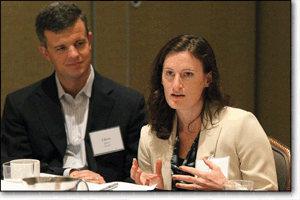Close menu
- Home
- About CW
-
Topics
- Back to parent navigation item
- Topics
- Accounting & Auditing
- AI
- AML
- Anti-Bribery
- Boards & Shareholders
- Culture
- ESG/Social Responsibility
- Ethics & Culture
- Europe
- Financial Services
- Internal Controls
- Regulatory Enforcement
- Regulatory Policy
- Risk Management
- Sanctions
- Surveys & Benchmarking
- Supply Chain
- Third Party Risk
- Whistleblowers
- Opinion
- Events
- Research
- Awards
-
CW Connect
- Back to parent navigation item
- CW Connect
- Sign In
- Apply
- Membership
Related articles
-
Article
The Real Data Breach Risks Are Right Under Your Nose
2014-11-11T13:45:00Z By Jaclyn Jaeger
While companies fret about shadowy hackers based in Russia and China hell bent on stealing customer information, employees—not cyber-criminals—pose the biggest threat to create data breaches and data loss, according to a recent study. Ungoverned and negligent file-sharing by employees is hitting epidemic proportions: More than half of respondents to ...
-
 Article
ArticleRegulators Intensify Scrutiny of Online Data Privacy Practices
2013-06-11T00:00:00Z By Jaclyn Jaeger
- Terms and Conditions
- Privacy Policy
- Do Not Sell My Info
- © 2025 Compliance Week
Site powered by Webvision Cloud




